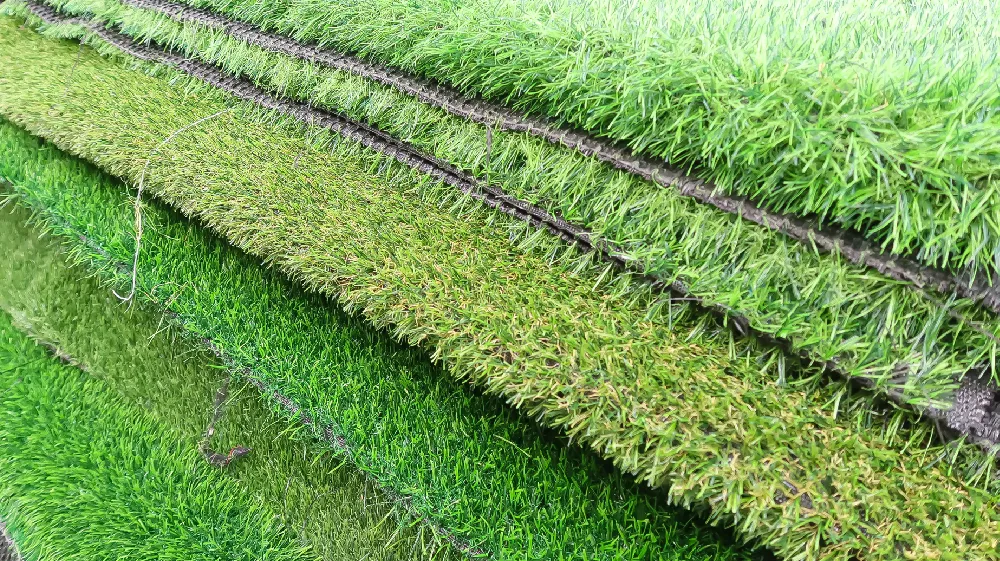
- Afrikaans
- Arabic
- Belarusian
- Bengali
- Czech
- Danish
- Dutch
- English
- Esperanto
- Estonian
- Finnish
- French
- German
- Greek
- Hindi
- Hungarian
- Icelandic
- Indonesian
- irish
- Italian
- Japanese
- kazakh
- Rwandese
- Korean
- Kyrgyz
- Lao
- Latin
- Latvian
- Malay
- Mongolian
- Myanmar
- Norwegian
- Persian
- Polish
- Portuguese
- Romanian
- Russian
- Serbian
- Spanish
- Swedish
- Tagalog
- Tajik
- Thai
- Turkish
- Turkmen
- Ukrainian
- Urdu
- Uighur
- Uzbek
- Vietnamese
Exploring the Benefits and Applications of Synthetic Sports Turf in Modern Athletics
Nov . 06, 2024 00:05 Back to list
The Rise of Synthetic Sports Turf Revolutionizing Athletic Experiences
In recent decades, synthetic sports turf has emerged as a transformative force in the world of athletics, changing the landscape of sporting facilities globally. This innovative surface, designed to mimic the appearance and performance of natural grass, has gained popularity for a multitude of reasons, ranging from its durability and low maintenance to its versatility and safety. As we delve into the features and benefits of synthetic sports turf, we will uncover why it has become a preferred choice for sports organizations, schools, and recreational facilities.
One of the most compelling advantages of synthetic sports turf is its durability. Unlike natural grass, which can be susceptible to wear and tear from heavy foot traffic and adverse weather conditions, synthetic turf is designed to withstand the rigors of vigorous play. It maintains its appearance and functionality even after extensive use, making it ideal for multi-sport venues where various activities take place year-round. This resilience reduces the need for frequent repairs or replanting, which can be time-consuming and costly.
Moreover, synthetic turf requires significantly less maintenance compared to natural grass. Traditional grass fields demand regular mowing, watering, fertilization, and pest control, which not only consume resources but also require labor and time. In contrast, synthetic turf needs minimal upkeep; occasional brushing and cleaning are typically sufficient to keep it in peak condition. This ease of maintenance allows facility managers to allocate resources more efficiently, enabling them to focus their efforts on improving other aspects of their programs.
Another major benefit of synthetic sports turf is its versatility. It can be designed for a wide range of sports, including football, soccer, baseball, and field hockey, among others. Facilities can customize their turf to meet the specific needs of different sports, incorporating markings and features that enhance gameplay. Additionally, synthetic turf can be installed in a variety of settings, including schools, community parks, and professional stadiums, making it an adaptable solution for any level of play.
synthetic sports turf

Safety is a critical consideration in sports, and synthetic sports turf has made significant strides in this area. Modern turf systems are engineered with advanced materials that provide excellent shock absorption, reducing the risk of injuries caused by falls or impacts. Many synthetic surfaces are also designed to be all-weather, allowing athletes to train and compete in various conditions without compromising safety. This aspect is particularly important in schools and youth sports, where injury prevention is paramount.
Environmental concerns have also come to the forefront in discussions about synthetic turf. While some critics argue that synthetic surfaces can contribute to heat retention and may pose recycling challenges, manufacturers have made substantial progress in developing eco-friendly options. Today’s synthetic turfs often incorporate recycled materials and are designed for longevity, reducing waste in the long term. Additionally, many systems feature infill options made from sustainable sources, increasing their appeal to environmentally conscious consumers.
It is essential to acknowledge that while synthetic sports turf offers numerous advantages, it is not without its drawbacks. Issues such as concerns over heat retention, infill materials, and the initial cost of installation may deter some organizations. However, as technology continues to advance, many of these challenges are being addressed, making synthetic turf an increasingly viable option for a broad spectrum of users.
In conclusion, synthetic sports turf represents a significant advancement in athletic facilities, offering benefits that traditional grass simply cannot match. Its durability, low maintenance needs, versatility, and enhanced safety features make it an attractive choice for a variety of sports and settings. As the sports industry continues to evolve, synthetic turf will likely play an even more significant role in shaping the future of gaming and recreation. Whether on professional fields or local parks, synthetic sports turf is paving the way for improved athletic experiences, ensuring that players can focus on what they do best competing and enjoying the game.
-
The Benefits of Artificial Turf for Indoors
NewsJul.15,2025
-
How Artificial Grass Suppliers Ensure Quality Products
NewsJul.15,2025
-
Artificial Grass and Pets: A Space for Relaxation
NewsJul.08,2025
-
Balcony & Outdoor Decoration with Artificial Grass
NewsJul.08,2025
-
Best Indoor Artificial Grass for Home
NewsJul.07,2025
-
Best Pet Turf for Dogs: Safe & Durable Artificial Grass Options
NewsJul.07,2025
Products categories









